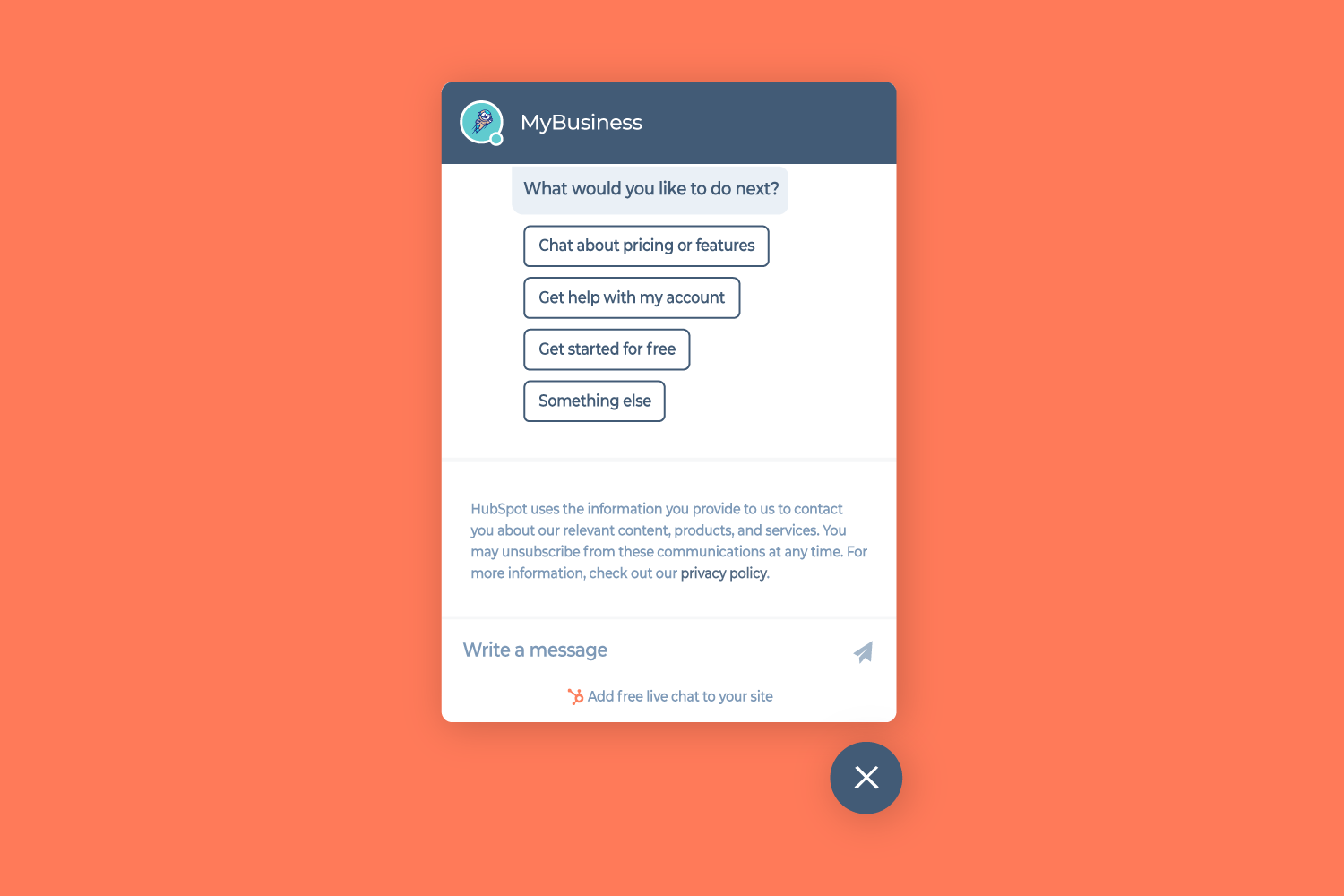Share
Do you want to grow your business reputation? In today’s online business landscape, delivering world-class customer service contributes to success and will boost how your brand trust. A trusted reputation will, in turn, encourage customer loyalty and lead to business growth. However, assembling a customer service team requires strategic planning, a deep understanding of your customers, and robust tools to manage and scale operations as your business grows.
It must be noted that business needs can differ greatly, and no one size fits all exists. Therefore, the information in this post is a generalization, and only certain facets will be needed based on the business size and growth strategy.
This blog post will walk you through some essential tools to consider when building your team and highlight resources to streamline customer service management.
Overview
Understand Your Customers
Your customers are the nucleus of your customer service strategy. Therefore, you must understand who they are, their pain points, and their customer service expectations. This insight will enable you to build a customer service model that will grow organically and encourages customer loyalty.
Clearly Define Roles and Responsibilities
There is a clear distinction between service and support. A customer service team is proactive, and a customer support team is more reactive. They are intended to work cohesively on behalf of the customer. Providing a service means guiding a customer to align with their needs, and support is there to address a customer’s specific problem or issue. It is not uncommon for customer service to be an arm of the sales team.
For a customer service team to succeed at what they do best, well-defined roles and responsibilities are required. Clear job descriptions eliminate overlap and ensure efficiency, leaving no customer query unattended. These roles typically include:
Choose the Right Technology
Implementing the right technology is vital for effective management, teamwork, and customer relations. It is not suggested that all technologies listed here should be implemented. Evaluate your business needs and select only the tools complementing your strategy.
Here are some tools, platforms, and integrations for you to consider that can streamline your operations:
Prioritize Training and Development
Internal training should be ongoing, ensuring your team is up-to-date on product changes, service policies, and vital soft skills like empathy and communication. Assess your team’s performance regularly, offering coaching or additional training as needed.
Plan for Scaling Your Team
As your business expands, so will your customer service needs. So anticipate how you’ll scale your team, whether by hiring more staff, integrating more sophisticated technology, or outsourcing to a third-party service provider. One of the main reasons fast-growing companies or even internal departments can struggle and fail is that they try too many things simultaneously. It’s imperative to focus, be disciplined, and gather the data you need to know what works and what doesn’t.
Cultivate a Customer-Centric Culture
Last but certainly not least, fostering a customer-centric culture is essential for success, internally and externally. Everyone, from top-level management to the newest recruit, should prioritize customer satisfaction and professional conduct, regardless. Promote this culture internally through regular feedback sessions, recognition of outstanding service, and setting an example et al.
Conclusion
As the digital landscape evolves, establishing an online business has never been more exciting or promising. It’s a journey brimming with opportunities, possibilities, and the thrill of connecting with customers from all over the globe. And, ultimately, turning an idea into a thriving enterprise that can make a difference. However, thoughtful planning and a solid strategy is the key to navigating this path with confidence and success.
With careful consideration of your customers’ needs, well-defined team roles, continuous training, and customer-centric culture, you can establish a team that meets and exceeds customer expectations; Create a seamless customer experience, and it will encourage trust and loyalty.
Customer service excellence goes beyond resolving issues and queries – it’s also about building lasting relationships.




















































































































